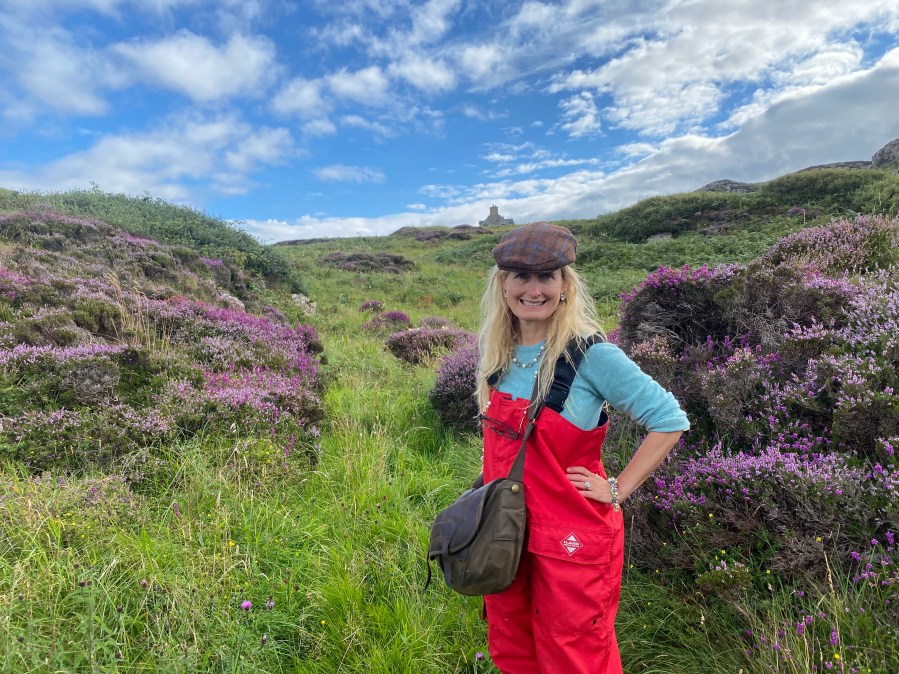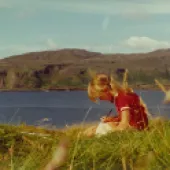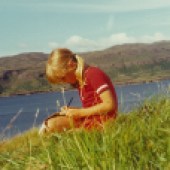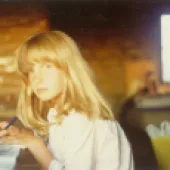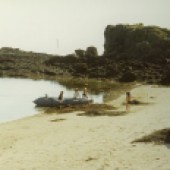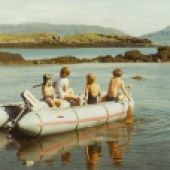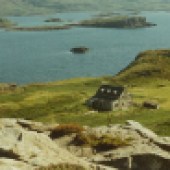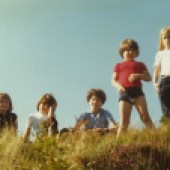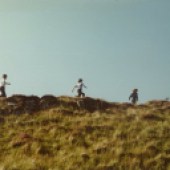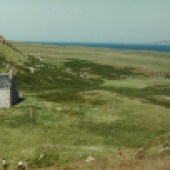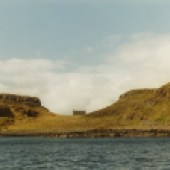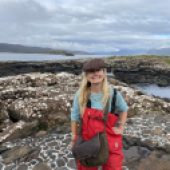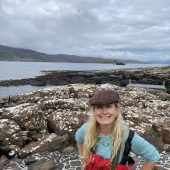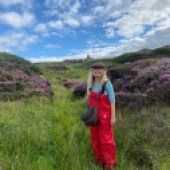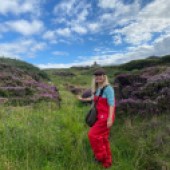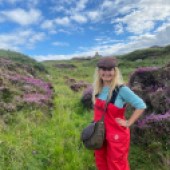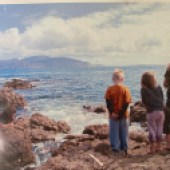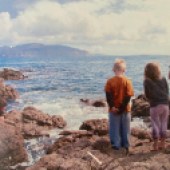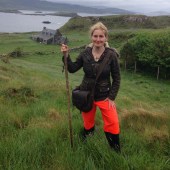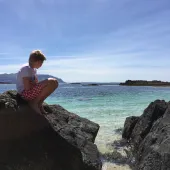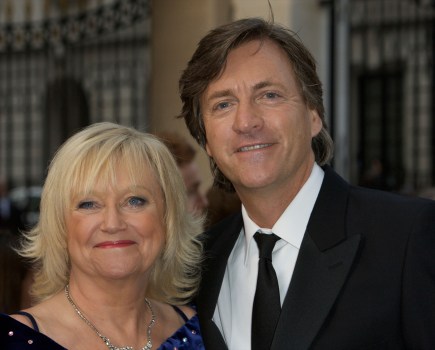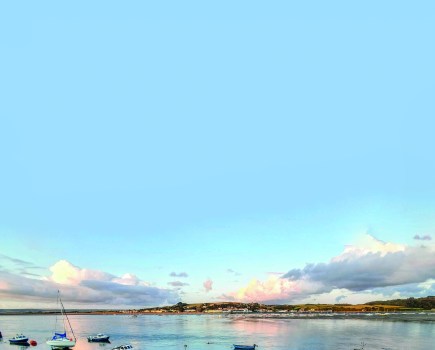Cressida Cowell reveals the Hebridean island that inspired her multi-million-selling How To Train Your Dragon book series, which celebrates its 20th anniversary this year.
My How to Train Your Dragon series is a true story, unlikely as that sounds. The Isle of Berk is a real place, tucked in the Inner Hebrides. I spent a great deal of time as a child on a tiny, uninhabited island near Mull, so small you can see all around you when you stand on the top. My dad was a businessman and environmentalist, who became chairman of the RSPB and, later on, of Kew Gardens. His heart was in the wilderness so this little island was his dream holiday.
The island had no roads, houses, electricity or shops. We’d be dropped off by a fisherman from the mainland who’d collect us two, three, sometimes six weeks later. We had no telephone and no way of contacting the outside world if something went wrong. We were like Robinson Crusoe, lighting fires and catching fish. We ate things like mussels, winkles, scallops and oysters (not limpets – trust me, they’re horrible).
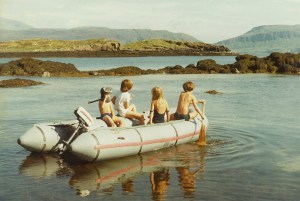
It was the complete opposite of my everyday world – a house in central London without a garden and then suddenly a storm-blown, windy wilderness of sea-birds and heather. Going back to nature was incredibly invigorating: beachcombing, rock-pool exploring, bird-watching and dolphin-spotting.
The island was home to some of the earliest settlements in Britain. Initially, we stayed in a tent surrounded by ruined houses where real Vikings would have lived. When I was about nine, my father had a house built on the island. It was lit by candlelight, and because there was no television, I spent a lot of time drawing and writing stories.
In the evening, my father told us tales of the Vikings who invaded this island archipelago 1,200 years before, of the quarrelsome tribes who fought and tricked each other, and of the legends of dragons who were supposed to live in the caves in the cliffs. Vikings believed in dragons: they thought they were magical creatures who could exist in earth, air, fire and water.
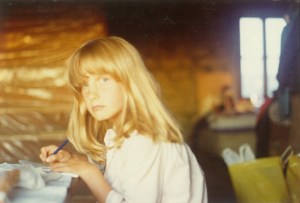
That was when I first started writing stories about dragons and Vikings, way back when I was nine or ten years old.
Simon, my husband, and I continued to go back to the island with our three children when they were little. I have to say it’s not so much fun for teenagers as there’s no internet or pub for them to slope off to. But when they were little, it was heaven. When the sun is shining, you think it’s the most glorious place on earth, but there are times when the weather settles in and you’re huddled together in the house for days on end.
To me, dragons represent the wildness of the natural world and our attempt to tame it, as well as the necessity of us looking after it. Again, this is directly inspired by the islands of Scotland. We used to catch the sleeper from London up to Oban, and that first gulp of Scottish air as you got off the train was pure wonder. The beauty of the area surpasses description: the stunning beaches, the wildlife, the sea creatures…

